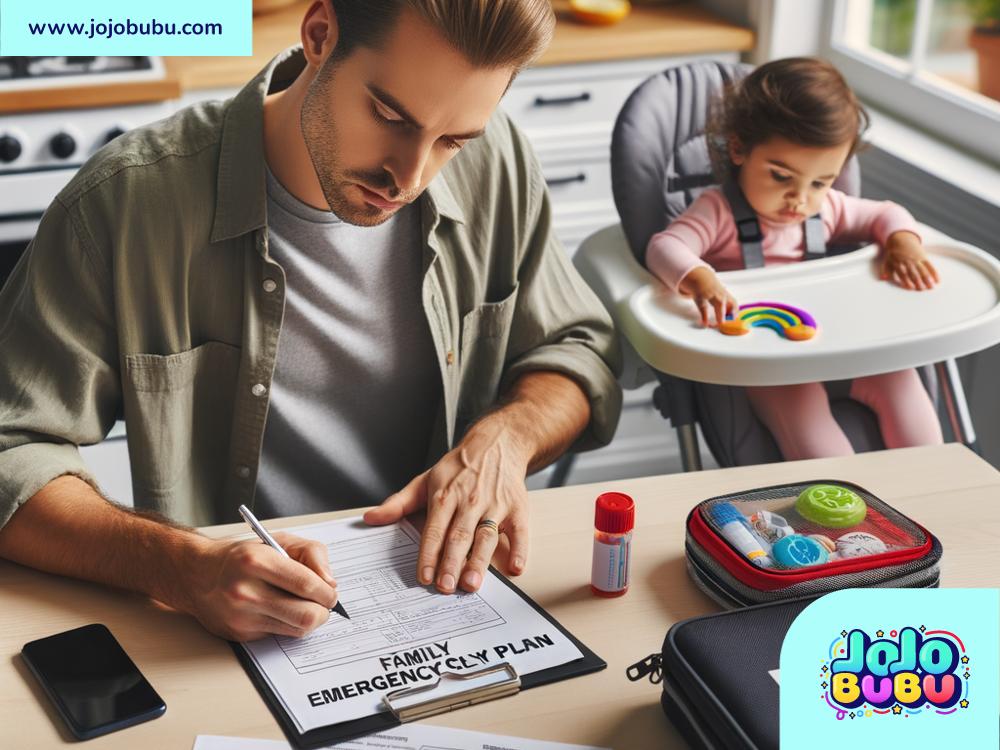Emergency Contacts and Plans: How to Be Prepared for the Unexpected
Emergencies can happen anytime, and they often catch us by surprise. Whether it’s a natural disaster, a medical emergency, or an accident, being prepared can make a big difference. One of the easiest and most important steps you can take is creating a list of emergency contacts and making a plan for what to do in different situations. In this blog, we’ll talk about why these things are important and how you can start preparing today.
What Are Emergency Contacts?
Emergency contacts are names and phone numbers of people you can call during urgent situations. These can include family members, friends, neighbors, or even local authorities like the police or fire department. Having these contacts easily available can save time and help you get the support you need right away.
Why Do You Need Emergency Contacts?
Emergencies can be scary and confusing. You might not have time to look up phone numbers or think clearly in the moment. Emergency contacts give you quick access to people who can help. For example:
- Medical Emergencies: If someone gets hurt or suddenly feels sick, you can call a doctor, ambulance, or a trusted person for advice.
- Natural Disasters: During events like floods, earthquakes, or storms, you may need to call relatives to check on them or ask for help.
- Household Problems: If your home has a fire, plumbing issue, or electrical problem, you’ll want to contact professionals quickly.
Having these numbers saved in one place helps you stay organized and act fast when it matters most.
What Is an Emergency Plan?
An emergency plan is a guide for how you and your loved ones will deal with different kinds of emergencies. It includes steps to follow so you can stay safe and be prepared. For example, the plan might include instructions for where to go during a fire or how to communicate if cell phones stop working.
Why Do You Need an Emergency Plan?
Emergencies often come with confusion and panic. A clear plan can reduce stress and keep everyone focused on the right steps. It’s especially helpful for families, as it ensures that everyone knows what to do and where to go. A good plan can also prevent accidents and save lives.
How to Create a List of Emergency Contacts
Creating an emergency contact list is simple and can be done in minutes. Follow these steps:
-
Think About Who You Need: Write down the names and numbers of people or services you might need during emergencies. This might include:
- Family members.
- Close friends.
- Neighbors.
- Doctors or medical professionals.
- Local police station and fire department.
- Utility companies (electric, water, gas).
- Your workplace or child’s school.
-
Write It Down: Make sure the list is clear and easy to read. Include phone numbers, emails, and addresses if needed. It’s a good idea to have multiple copies of the list.
-
Store the List Safely: Keep one copy in your wallet or purse. Put another copy somewhere accessible in your home, such as on the fridge or near a phone. If you use a smartphone, save the contacts in your phone and label them as emergency numbers.
-
Update It Regularly: Check your list every few months to make sure the information is still correct. People might move or change phone numbers, so it’s important to keep everything up to date.
How to Create an Emergency Plan
A good emergency plan doesn’t need to be complicated. Here’s how you can make one:
-
Know Your Risks: Think about the kinds of emergencies that might happen where you live. For example, if you live in a flood zone, you’ll want to include steps for evacuating during heavy rains.
-
Plan for Each Situation: Write down what you’ll do for different types of emergencies. Some ideas include:
- Fire: Decide on an escape route from your home. Make sure everyone knows where to meet outside if you have to evacuate.
- Medical Emergency: Know basic first aid and how to call for an ambulance.
- Natural Disasters: Identify safe places where you can shelter during earthquakes, storms, or tornadoes.
-
Communicate with Family: Make sure everyone in your home knows the plan. Practice it together so everyone feels confident.
-
Keep Supplies Ready: Pack an emergency kit with essentials like water, food, flashlights, batteries, medications, and first aid supplies. Keep it in a place you can reach easily.
-
Plan for Pets: If you have pets, include them in your plan. Decide how you’ll keep them safe and transport them during an evacuation.
Other Tips for Being Prepared
- Learn About Your Area: Check local resources to understand the risks in your community and how authorities handle emergencies.
- Teach Kids Early: Explain emergency contacts and plans to children in simple language. They should know how to call for help and what to do if something happens.
- Test Your Plan: Practice your emergency plan at least once a year. This will help everyone stay prepared and confident.
Conclusion
Emergencies can be scary, but you don’t have to face them unprepared. By making a list of emergency contacts and creating a simple plan, you can protect yourself and your loved ones. These steps don’t take long, but they make a huge difference when it matters most. Start today—because being ready is always better than being caught off guard.

